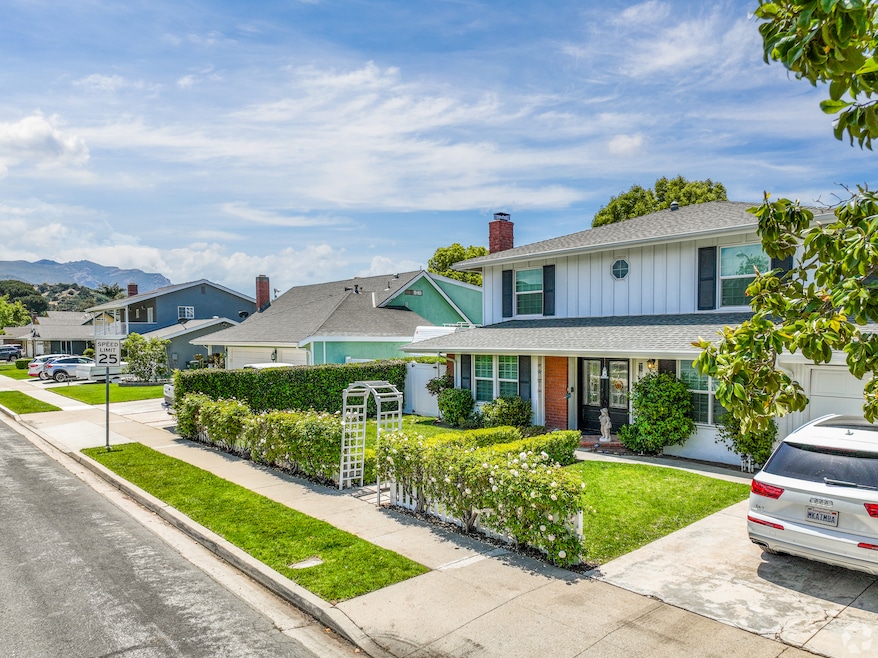Americans are sitting on record home equity, but most of it remains untouched.
Data from Bank of America’s Institute shows that most homeowners aren’t tapping their equity to fuel consumer spending — at least not yet. In the second quarter of this year, the home equity line of credit, or HELOC, balances made up just 2% of total consumer spending.
“Housing wealth plays a supporting role and is spread across the income distribution more proportionately," David Tinsley, senior economist at Bank of America Institute, wrote in a report. "However, the overall impact on consumer spending is likely limited."
Even though interest rates have come down, homeowners aren’t rushing to borrow against their homes. The use of HELOCs slightly ticked up, but it’s still below pre-pandemic levels, according to data from Bank of America.
A HELOC, or home equity line of credit, lets people borrow money using their home value as collateral. Think of it as a credit card backed by your house and repaid over time. Unlike a traditional loan, you don’t get a lump sum upfront.
Local agents confirm that trend.
“On the equity side, I’m not seeing many clients tapping into their home wealth through HELOCs or cash-out refinances,” Alexis Scott, a Chattanooga, Tennessee-based agent, told Homes.com. “During the [pandemic era], some buyers used HELOCs as a competitive tool to purchase without a home-sale contingency, but that’s rare today.”
Still, some lenders are seeing signs of change.
“We’re definitely seeing a rise in homeowners tapping their home equity via HELOCs,” Anthony Stratis, vice president of lending partnerships at Figure Lending, told Homes.com. “Overall HELOC usage is up 5% year-over-year so far in 2025.”
But not all homeowners have equal access to this kind of borrowing power. The wealth gap in home equity is striking. Bank of America reports that the richest 20% of households are sitting on about $770,000 in home equity, more than triple what upper- and middle-income household incomes have, which is around $220,000.
Refinancing remains unattractive
For many homeowners, refinancing just doesn’t make sense.
Many homeowners are locked into low fixed mortgage rates. According to October’s ICE Mortgage Monitor, 37.3 million homeowners have mortgage rates under 3%, the largest share of outstanding mortgages. With current rates hovering above 6%, cash-out refinancing is largely unattractive as it would mean giving up a historically low rate for a much higher one.
And even selling hasn’t picked up. Home values have only grown modestly in recent months, while housing activity remains stuck in neutral. Bank of America customer payments into escrow accounts, which are tied closely to homes sales, show no signs of an obvious recovery.
For the small number of Americans who are using HELOCS, they are exploring alternatives to access cash without touching their primary mortgage.
Economists at Bank of America note that HELOCs are likely the most effective way lower interest rates can support consumer spending right now.
“This HELOC channel is, in our view, probably the main housing-related channel whereby lower Fed rates can support consumption currently,” Tinsley wrote.
“Homeowners locked in ultra-low mortgage rates aren’t moving — they’re improving in place,” Stratis told Homes.com.
Stratis said that many borrowers are using HELOCs to consolidate debt or fund home improvements. “Across Figure Lending borrowers, the average household used a HELOC to eliminate about $28,000 in high-interest debt, saving roughly $565 a month,” he said. “Home improvement draws rose to $86,000.”
He added that demand is growing among small business owners, too. “Direct SMB HELOC applications jumped 68% in the first week of October. Home equity isn’t just household liquidity — it’s become a lifeline for Main Street, too.”

